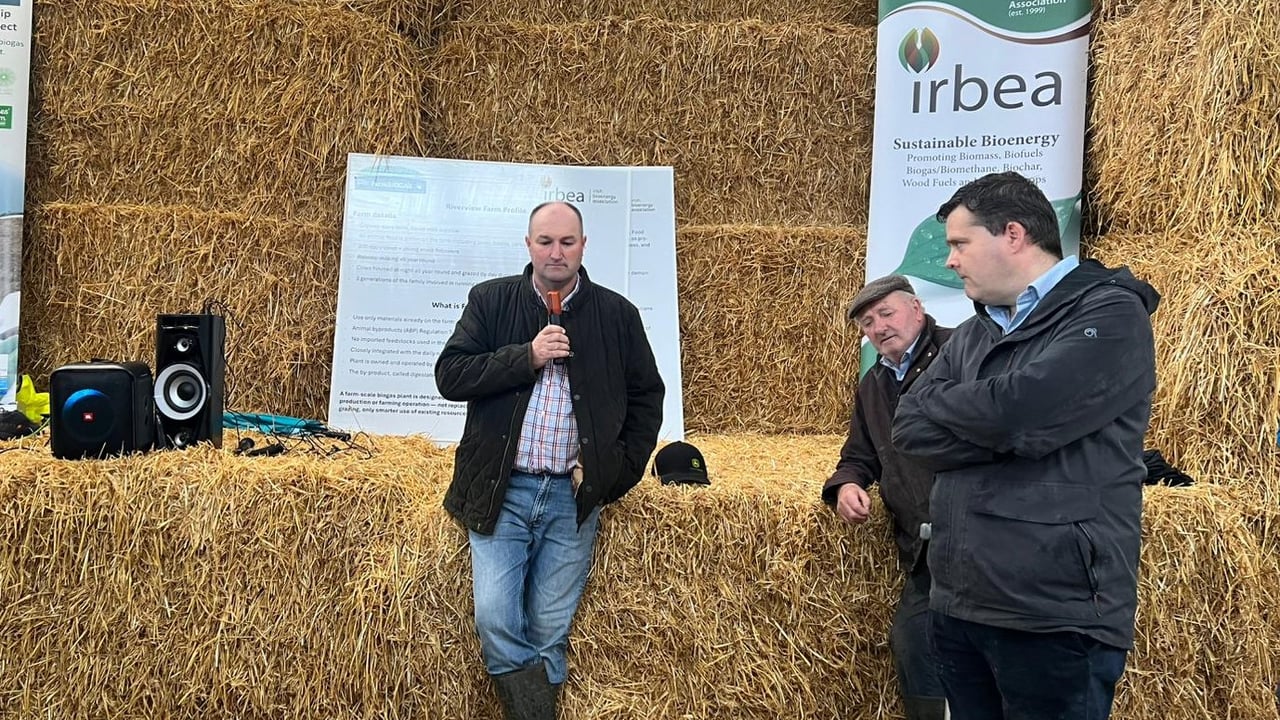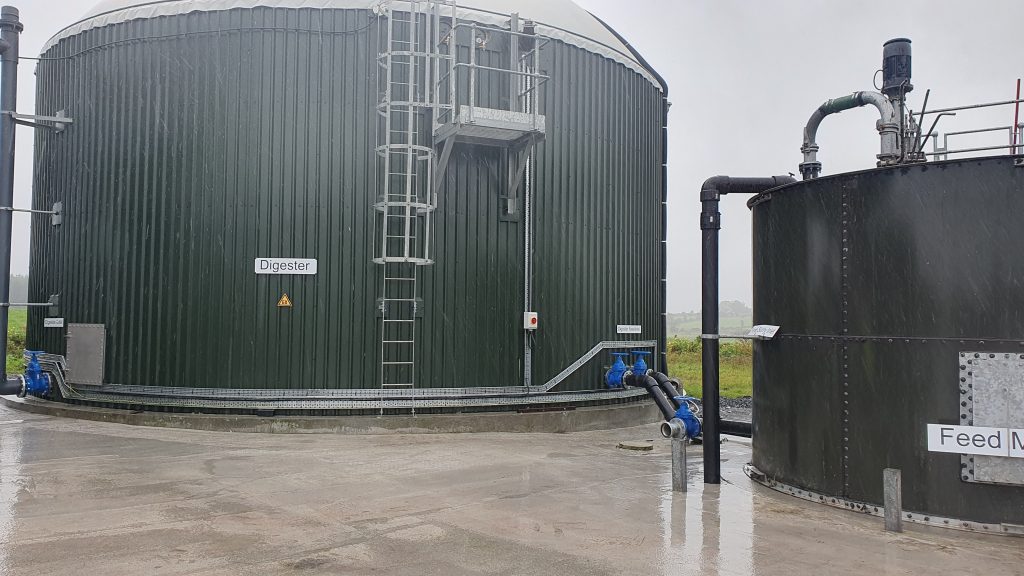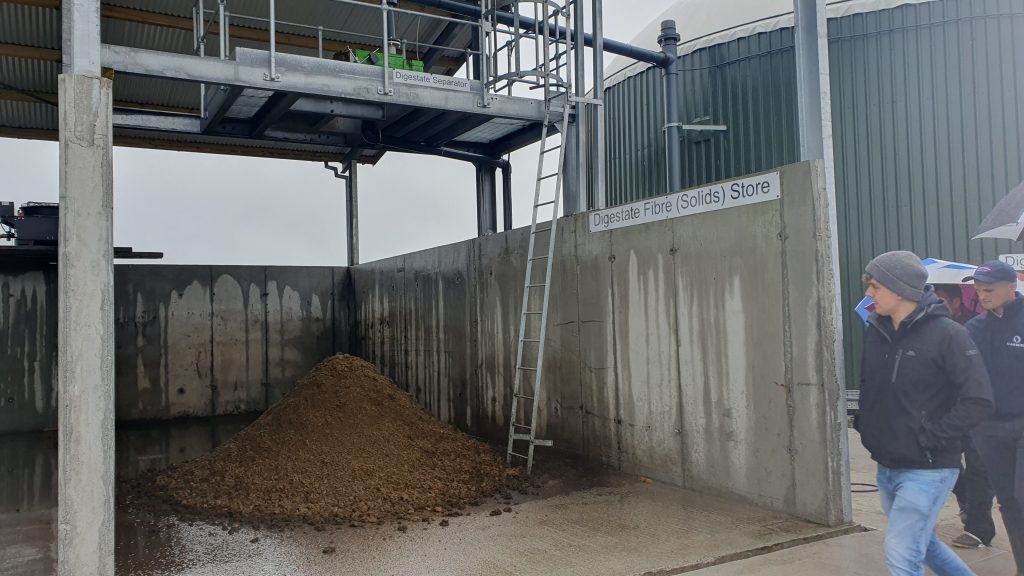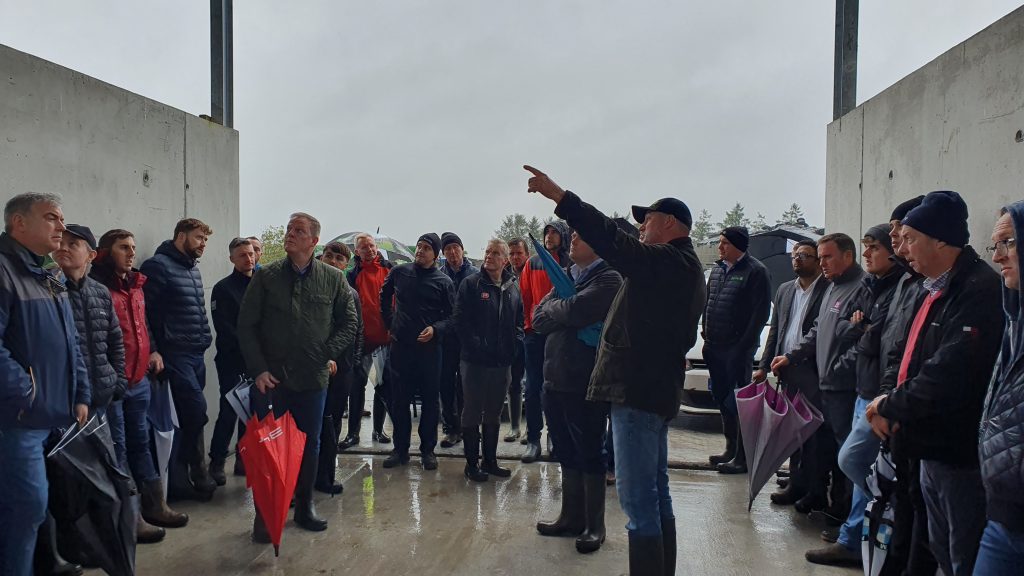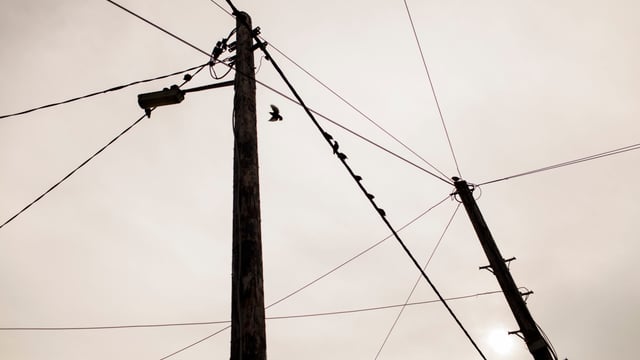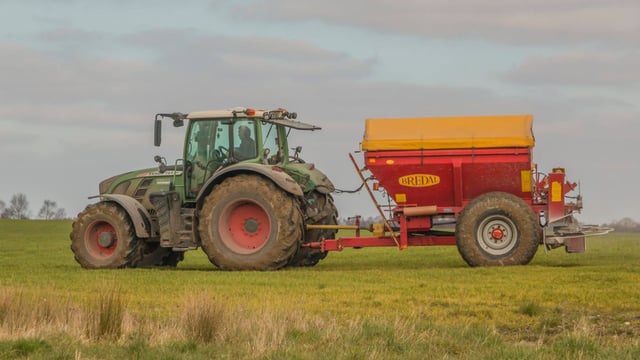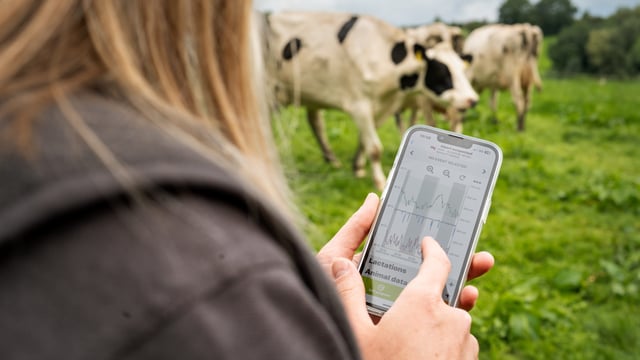Watch: Small biogas plant replacing €30k energy bill on Galway farm
Energy created by a biogas plant on a Co. Galway dairy farm will replace €30,000 worth of purchased energy each year.
Riverview Farm belongs to Brendan Gildea, and this week he opened up his yard so other farmers and industry stakeholders could come and see the plant and equipment he had installed.
Brendan is an organic pedigree dairy farmer with a 200-cow herd, plus young stock followers, on the outskirts of Dunmore town in Co. Galway.
He is a pioneering farmer and was one of the first to deploy robotic milking equipment in Ireland.
There are now three generations of the Gildea family involved in the operation of the farm, with Brendan's father initially operating a sheep farm before selling off the sheep enterprise in the 1970s to buy 10 pedigree heifers at Castleisland Mart. and begin dairying.
The biogas plant at Riverview Farm was built with a 50% capital grant, provided as part of the recently completed European Innovation partnership programme (EIP AGRI) Small Biogas Demonstration Project (SBDP), set up to develop farm scale biogas plants in Ireland with assistance from the Irish Bioenergy Association (IrBEA).
A 49kW biogas plant (4,000t feedstock input) was designed and installed by Tank Storage Systems Ltd., Kildare. The tank has been generating 24-28kW since it was commissioned a few months ago to meet onsite needs, but has the potential to do more.
The heat generated displaces about 5,000L of heating oil annually and 3,000t of digestate is produced in solids and liquid form.
In terms of the carbon reduction of having biogas plant on farm, the Gildeas are looking at about 202t on carbon dioxide equivalent (CO2e) avoided each year.
Small-scale biogas on farms
A farm scale biogas plant is a smaller sized, anaerobic digestion (AD) facility capable of taking farm sources such as manure and slurries and converting them into a renewable form of biogas which can then be used to provide heat and electricity.
A farm-scale biogas plant of this nature and size means no feedstock for the plant is imported onto the farm. Therefore no pasteurisation of the farm-sourced feedstock is required.
This scale of biogas plant can potentially drive farm income, emissions reduction, and better use of farm resources, if supported through a capital grant, the open day visitors were told.
The by-product, called digestate, is an improved source of nutrients made available for land spreading, and which could reduce the need for chemical fertilisers, something Brendan said was working very effectively on his land.
The renewable sources of heat and power can offset or reduce the cost of imported fossil fuels or electricity for the farmer.
Investment
For the Gildea's, the investment cost €452,000 (ex. VAT) including the cover of the existing overground slurry store and excluding a digestate solid storage shed for which a Targeted Agriculture Modernisation Schemes (TAMS) grant has been secured.
Other additional costs to consider are planning costs, grid connection fee, and environmental assessments.
There was a 50% grant available on the investment cost from the Department of Agriculture, Food and the Marine (DAFM) through the IrBEA EIP, for development of the biogas plant and necessary equipment, meaning the farmer investment was €226,000.
The payback period is expected to be 7 to 7.5 years, but this could potentially be shorter if excess renewable electricity can be sold.
IrBEA has said that minimum 50% government capital support is vital to make this project viable at farm level.

